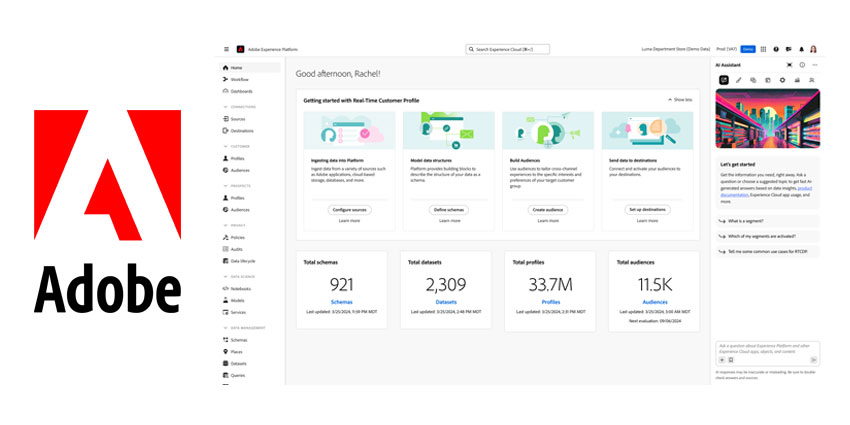A decade ago, Nemertes Research Analyst, Irwin Lazar, wrote “We still hear concerns around performance management. Vendors and service providers are still coming up to speed in their ability to troubleshoot and proactively manage SIP trunking services, and their ability to enforce SLAs cover up-time, call completion, and call quality.”
Last year, Gary Audin, President of Delphi, Inc., voiced his visible annoyance and frustration toward what he called “Another year of SIP Trunk provider problems.” He went on to say, “You’ll observe that the same problems have surfaced year after year. These problems should be diminishing by now.” He added:
“We’ve been living with the poor voice quality issue for at least 20 years”
The Solution to Poor Audio Quality Could Lie in Data Analysis
Matt Stevenson, Senior Solutions Engineer, Vyopta, said there is hope, however. The difficulties surrounding troubleshooting voice calls may not be solvable, but good data analysis can provide service providers with a look inside the kinds of problems customers face. The goal is to boost customer satisfaction because of insights gained from real-time and historical data from voice and video calls. And data is what Stevenson said service providers should focus on.
According to him, the way providers leverage this data will impact the relationship they have with customers. If they experience clear voice calls, service providers will probably not hear from them. The chances are even high that service providers won’t hear from customers even if they receive poor service, according to a white paper published by Irish call quality testing company Spearline.
Everything from SIP Trunking to call control is difficult to manage and maintain while ensuring perfect call quality. And call control, according to Stevenson, plays a central role in call quality if you look at overall consumer satisfaction. “Routing can become complex, leading to confused and frustrated customers.” This, he believes, is often overlooked.
Holding Providers Accountable
“People want to keep their carriers honest.” Providing insight into the U.S. market, Stevenson told me there is a lack of regulation in the U.S which can lead to providers prioritizing profit over customer experience. “Providers are not incentivized, they pretty much own the landscape,” he noted.
“And there is currently no incentive for them to provide customers with data as to what is happening”
These providers do not want to be upfront about poor call quality, they don’t even provide data customers need to hold their feet to the fire, Stevenson told me.
Raising another noteworthy point, Stevenson noted, when you have data in hand, you can go to a provider and say, “This is exactly the issue we’re experiencing. If they do not make adjustments, we will have to reassess our professional relationship.”
Using data to hold service providers accountable can lead to better service and more satisfied customers, but it might take some effort on your part. Looking at trends in historical data can also be a strong asset to help identify what customers experience frequently and how to teach you where to adjust experiences so they’re more pleasant for customers.







